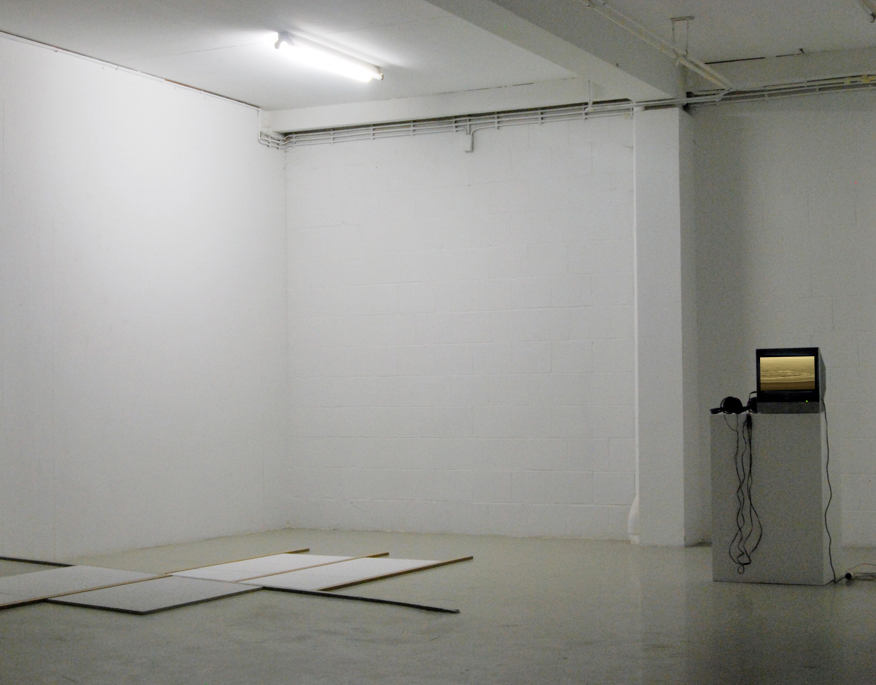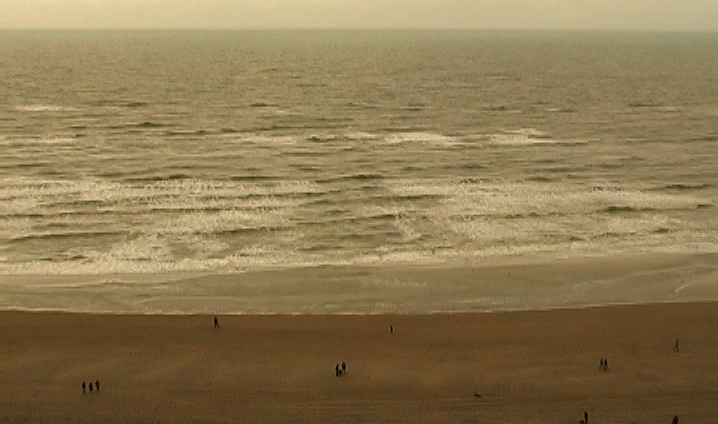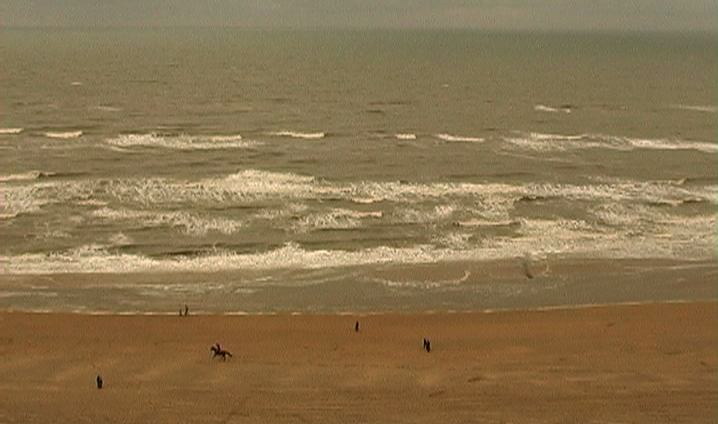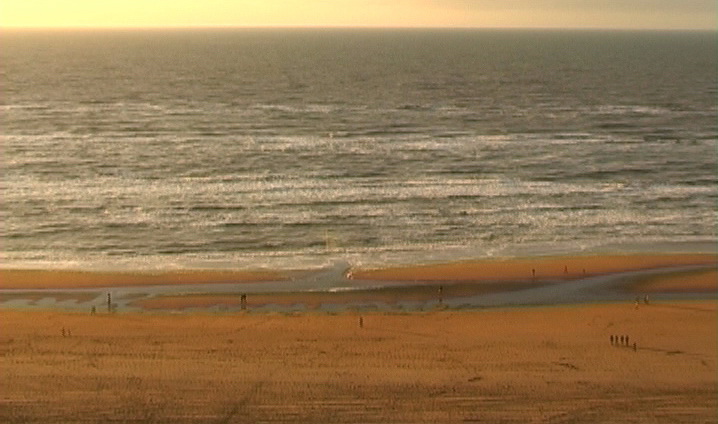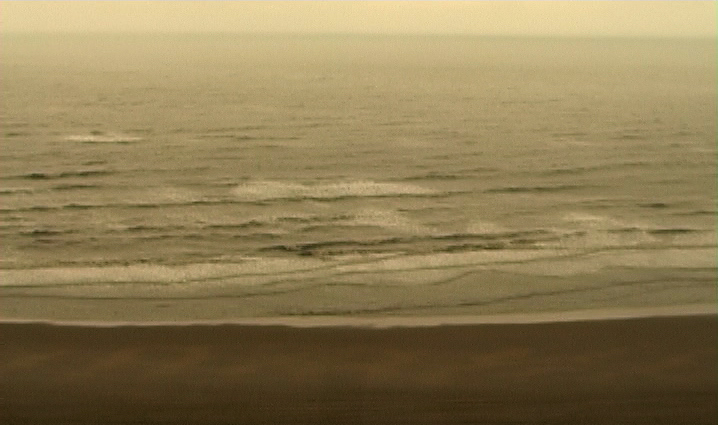BERÜHREN SIE NICHT DEN FLUCHTPUNKT
Fotogalerie Wien
08.04. – 03.05.2014
mit
Julie Gufler (DK), Annja Krautgasser (AT), Simona Obholzer (AT), Almut Rink (DE), Patrizia Wiesner-Ledermann (AT)
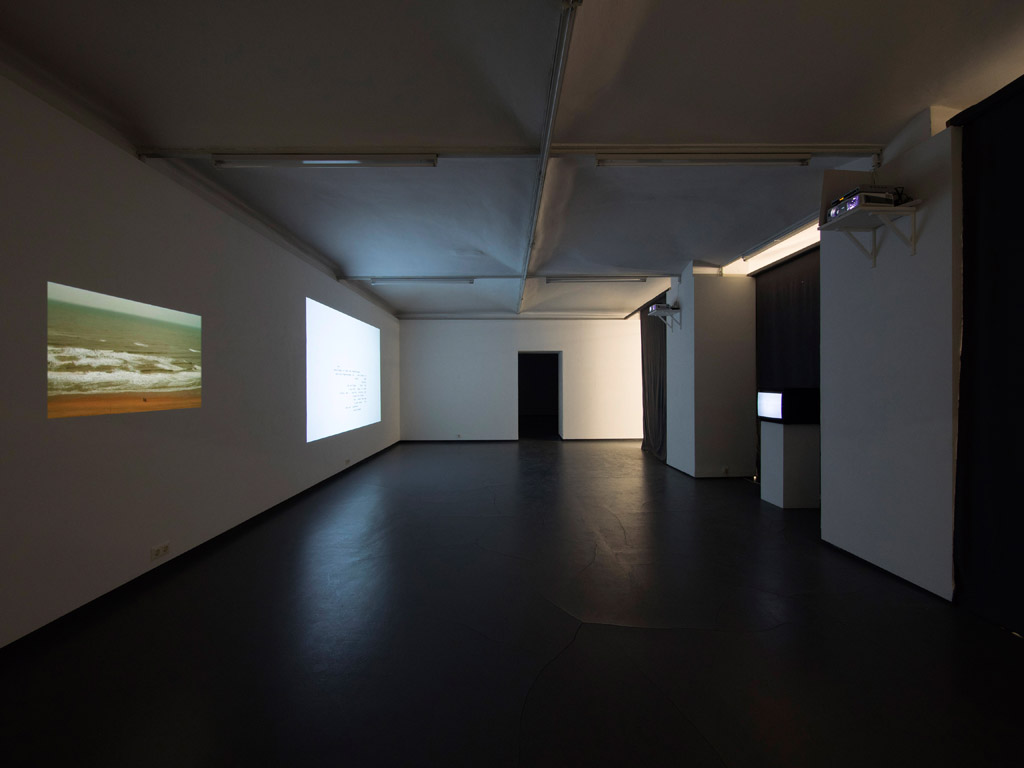
© Fotogalerie Wien
In der Ausstellung Berühren Sie nicht den Fluchtpunkt zeigen fünf Künstlerinnen Foto- und Videoarbeiten, in denen sie Bildlandschaften erfinden, die die Wahrnehmung in eine neue Richtung lenken. Die Auseinandersetzung mit Sprache, Text, Textbildern sowie mit Bildinformationen spielt hier eine große Rolle. In ihren Arbeiten zwischen Realität und Fiktion setzen die Künstlerinnen (selbst)bewusst und ohne dramaturgische Höhenflüge spröde Dialoge und Sprachkonstruktionen, User-Manuals, Codes und Bildfehler ein. Es eröffnet sich eine fremde Welt, die zunächst schwer zugänglich erscheint: Hier begegnen wir schattenhaften Strandgängern, dem erodierenden Großglockner oder kryptischen Text-Bild-Landschaften. Es sind Welten, in denen andere Regeln und Zeichen gelten, die aber durch die ihnen innewohnende Poesie Assoziationen eröffnen.
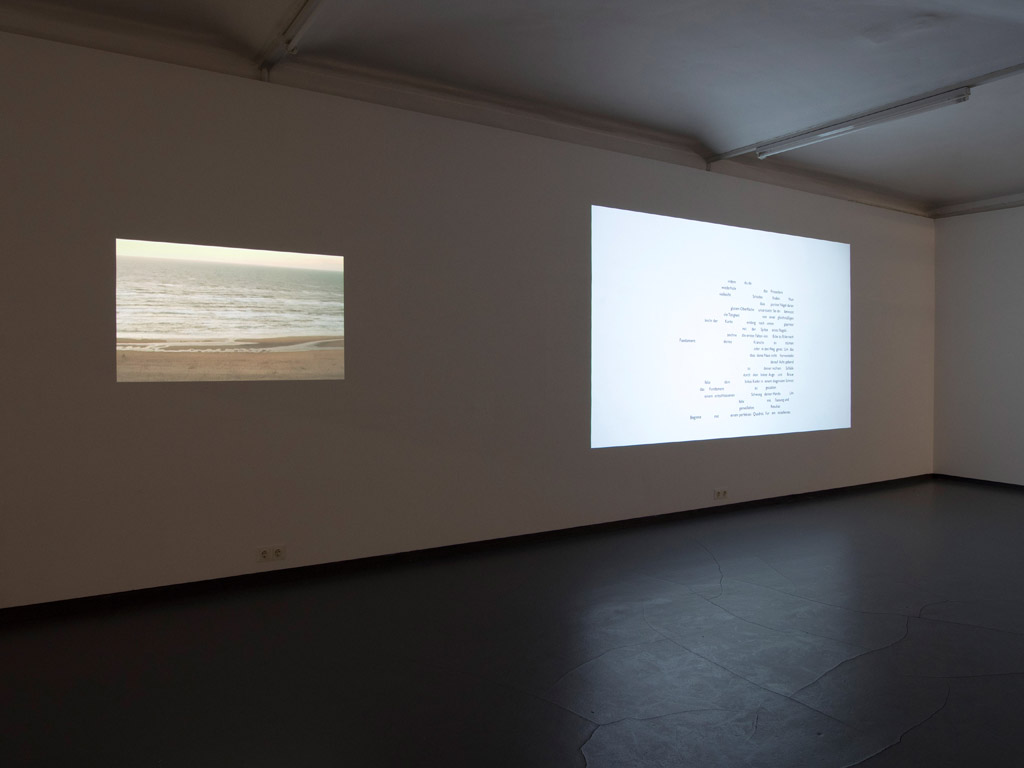
© Fotogalerie Wien
In der Ausstellung Berühren Sie nicht den Fluchtpunkt zeigen fünf Künstlerinnen Werke, in denen sie Bildlandschaften erfinden, die nur in einer ganz bestimmten Entfernung zu stehen kommen. Wie eine Fata Morgana tut sich für einen Moment jeweils eine fremde Welt auf, die aber wenig Exotisches oder Einladendes zu bieten hat, sondern den Betrachter eher von sich weist. Der Zutritt scheint auf einen ersten Blick verschlossen, hier herrschen Regeln und Zeichen, die nur bedingt verstanden werden können. Die Künstlerinnen vermerken diesen Umstand in aller Nüchternheit und ohne jede Wehmut. Aus der Distanz wird lakonisch dokumentiert, was in Erfahrung zu bringen ist.
Den verschiedenen Welten gemeinsam ist der unermüdliche Rhythmus, mit dem sie sich stetig weiter generieren: krude Dialoge, selbstbewusste Bildfehler, sterile Ellipsen oder schattenhafte Strandgänger werden ohne dramaturgischen Eifer abgespult. Die Künstlerinnen mögen diese Landschaften selber erfunden haben und treten doch einen Schritt zurück, verweisen auf eine Art fiktiven Phantomautor, der hinter all dem zu stecken scheint und
dem sie selber nicht ganz trauen.
Bei den Betrachtern kann sich ein Gefühl ergeben, vielleicht auch schon einmal, halb gedankenverloren, aus vorüberziehenden Fragmenten der Umgebung und durch seltsame Verkettungen dieser Sprengsel, im Geist eine fremde Welt zu sehen, die keinen Sinn ergibt und die doch lebendig und trotzig vor sich hin existiert. Die gleiche Logik ist den gezeigten Werken zu eigen, ihnen gemeinsam ist auch der Mut, mit dem die Künstlerinnen das Krude und Spröde stehen lassen können.
(Julian Tapprich)
